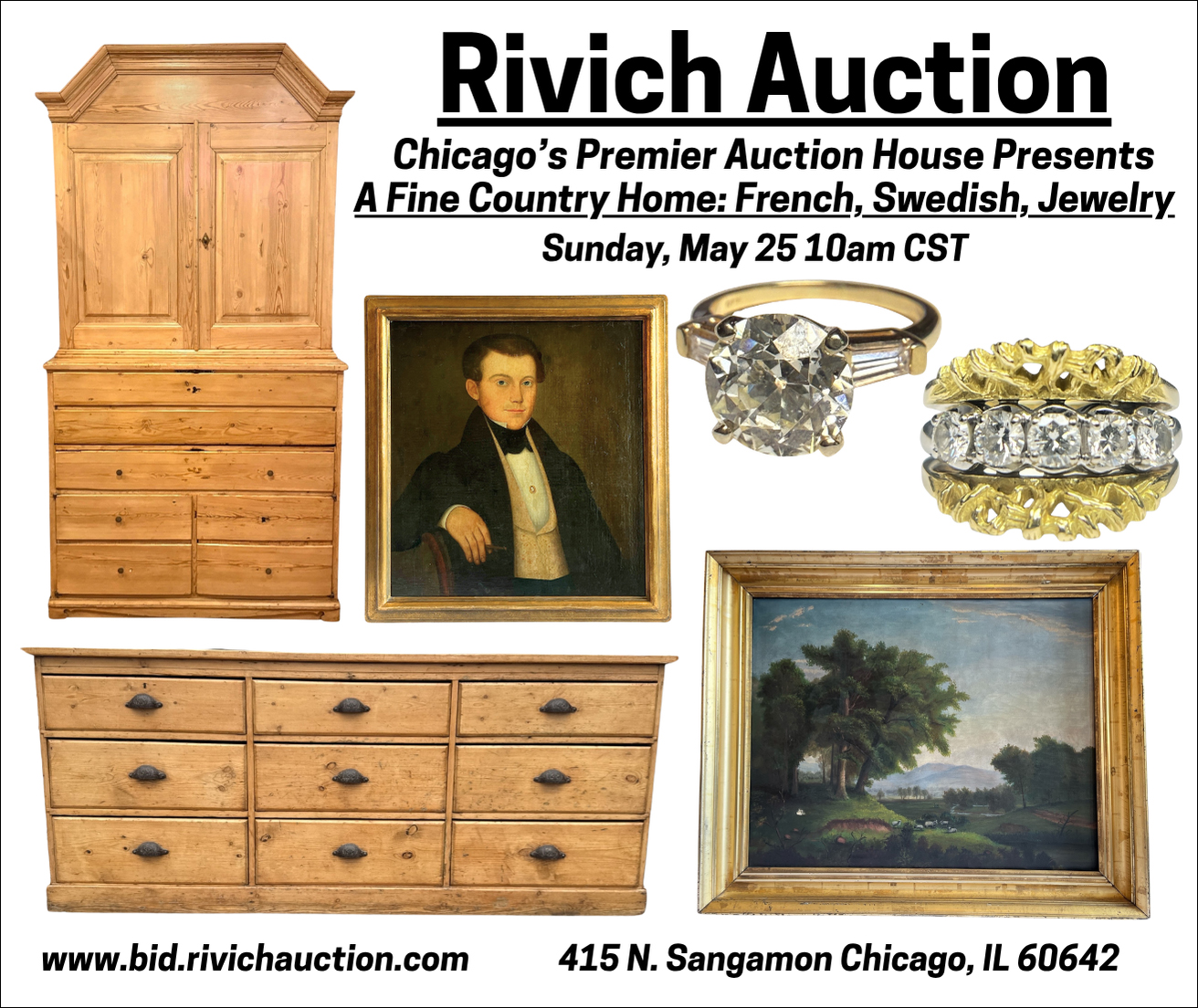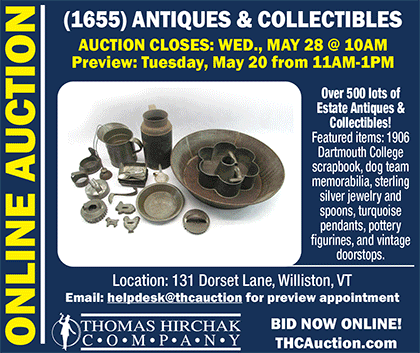Wisconsin Antiques Dealers Association Antiques Show & Sale
October 4th, 2013
|
All WADA show/sales feature an educational exhibit prominently displayed as one enters the show. At this event, Debbie and Dick Griem of Kiel, Wisconsin, shared their impressive collection of antique firefighting memorabilia. That’s Debbie standing by part of the display. We saw several showgoers stop to chat and share experiences with her.
Richard and Priscilla Lindstrom of Auntie’s Attic, St. Joseph, Illinois, brought this circa 1900 tin store display for postcards. This was its first show. Standing almost 37" high, the handmade display was tagged $1495. We hear that it sold several times during the show and went home with a dealer.
Don and Bonnie Gibson of Hanover, Wisconsin, set up a floor display that included this $165 blue enamel water pail and $395 storage jug. The early Royal Mail coach doorstop is $295, the Diamond Inks red fountain pen ink jug with original label is $175, the large wooden tote is $95, the cast-iron dachshund boot scraper, $145, and the basket doorstop, $175.
Christine Boone of Roscoe, Illinois, specializes in American art pottery. The top row includes (from left) a $95 European vase with drip glaze, a Roseville Orian handled vase for $150, a Roseville Velmoss handled vase for $265, and an 11" Zanesville stoneware piece for $145. The bottom row includes a $150 Roseville Teasel, Roseville Carnelians for $250 and $175, a Roseville Imperial triple bud vase for $135, and a $350 early Velmoss vase.
Scott Watson of Portobello Road Antiques, Milwaukee, Wisconsin, told a couple who admired the $195 circa 1941 Cram lighted globe, “I had one like it in Chicago, and it was snapped up instantly.” The German WMF punch bowl is $795, the Black Forest carved hat inkwell is $325, and the Arts and Crafts sideboard is $725. |
Waukesha, Wisconsin
Every serious show visitor knows that each event has its own character. Successful shows are not all alike, but each is different in its own way.
For my money, half the fun of getting to the fall Wisconsin Antiques Dealers Association (WADA, pronounced “wah-dah” by members) show is getting there. Avoid the tollway, and you’ll see bucolic country towns, dairy farms, and fall foliage. Add signs for supper clubs (an indigenous Wisconsin pleasure), fish boils, cider stands, and lake signs such as Lily, Heron, and Camp, and as one nears Burlington, the tall pines appear. Ah, anticipation.
WADA is the one of oldest state antiques organizations in America; this October 4 and 5 show marked the 62nd fall show. The show happens twice a year at the Waukesha County Expo Center, about 18 miles from Milwaukee and about two hours from Chicago. The February 7 and 8, 2014, show will be WADA’s 40th annual winter show.
WADA is a nonprofit organization that awards grants. This year a $1000 grant went to the Friends of the Wisconsin Historical Society, and a scholarship competition was held for Waukesha County high school seniors. The society was given a display booth at the show.
Visitors won’t find a friendlier bunch of buyers and sellers anywhere, and we’re convinced that WADA shows have the best prices we’ve seen in ages. Last year we wrote that we thought we were in a time warp pricewise. Well, the same goes for this year. Plus, the show is good looking.
None of this happens by accident, of course. Exhibiting at the show is by invitation or referral only. Asked about WADA’s criteria for sellers, show dealer and publicity chairman Debbie McArdle told us that the event’s 58 dealers are established and experienced pros, who bring a variety of circa 1950 or older merchandise (top mid-century is allowed) ready to be rigorously vetted by a team before the show opens.
Sellers have to be on duty for ten hours on the first day to accommodate buyers who like to come after work. That’s just one way the event accommodates buyers. This being Wisconsin, sports rules, and Sunday is for football. So starting in 2012, the show has been held on a Friday and Saturday.
To sweeten the pot for sellers and the Friday after-work crowd, WADA arranged for a Friday fish fry—another Wisconsin treat—to be served starting at 4 p.m. The $10 tab for baked or fried fish plus sides proved popular; many called ahead for details.
Weather reports were ominous this year. Skies looked threatening, and torrential bouts of rain may have inhibited some, yet attendance was “about the same” as last year, McArdle told us. Show manager Rick Kojis told us WADA does not divulge exact figures.
“The people who came, bought,” McArdle added. Iron Horse Antiques, her booth with her husband, Jim, “had the
highest-grossing show we’ve ever had.”
Saturday morning, when we polled sellers, traffic was slow, and dealers milled about, making small talk. Even sellers who groused about poor sales complimented the show and manager Kojis. By noon, aisles were busy and traffic moved briskly throughout the three large show rooms. By midafternoon, aisles were packed, and we spotted a number of packages being carried out.
“It was a nice show, but I think my merchandise may have been a little too much,” Missouri art glass dealer Don Williams told us after the show. “I would definitely go back; I think it takes several times before people know who you are.” We’re thinking he got that right, because when we found him on Saturday he’d already run out of business cards.
Another first-timer, Don Gibson of Hanover, Wisconsin, has already re-upped. “I normally do well in primitives, but not at this show,” he told us. What did move were “a lot of smalls” including three Lladros at $450 and a Laval cream separator in the original package advertising a Holstein with a calf that sold to a dairy farmer for $200.
“Many, many people told us as they exited that we had the best show they’ve visited recently, with a diversity of dealers. A mix of sellers works; quite a few dealers sold well,” said Kojis. The show has “an extensive waiting list” of out-of-state sellers who want to join the roster, he added.
For more information, see (www.wisconsinantiquesdealers.com/home).
|
|
Originally published in the December 2013 issue of Maine Antique Digest. © 2013 Maine Antique Digest
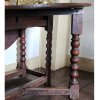



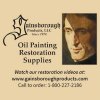








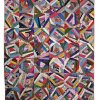
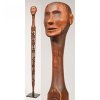


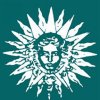







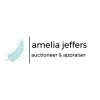



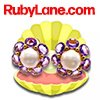




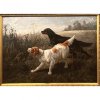



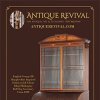








 “I carry stuff for man caves, especially coin-ops,” Mark Liccione of Chic Mantiques, Whitefish Bay, Wisconsin, told us. He and nine-year-old daughter, Lexi, show off this circa 1919 Theo Kochs barber chair tagged $500. The previous owner recovered the chair in the 1970’s in orange, brown, yellow, and cream upholstery.
“I carry stuff for man caves, especially coin-ops,” Mark Liccione of Chic Mantiques, Whitefish Bay, Wisconsin, told us. He and nine-year-old daughter, Lexi, show off this circa 1919 Theo Kochs barber chair tagged $500. The previous owner recovered the chair in the 1970’s in orange, brown, yellow, and cream upholstery.
